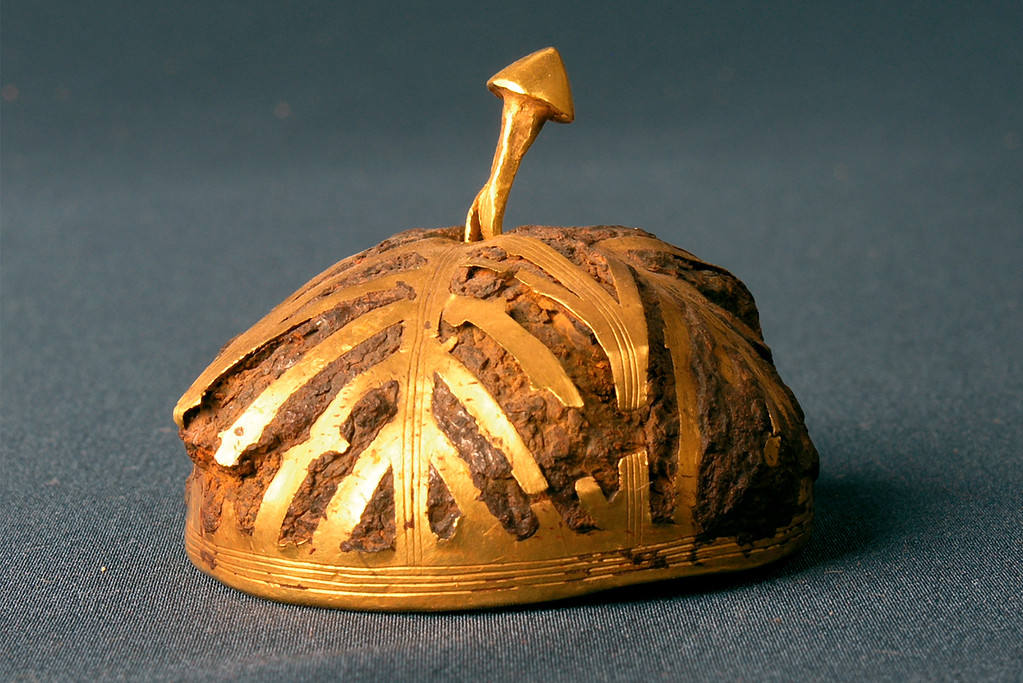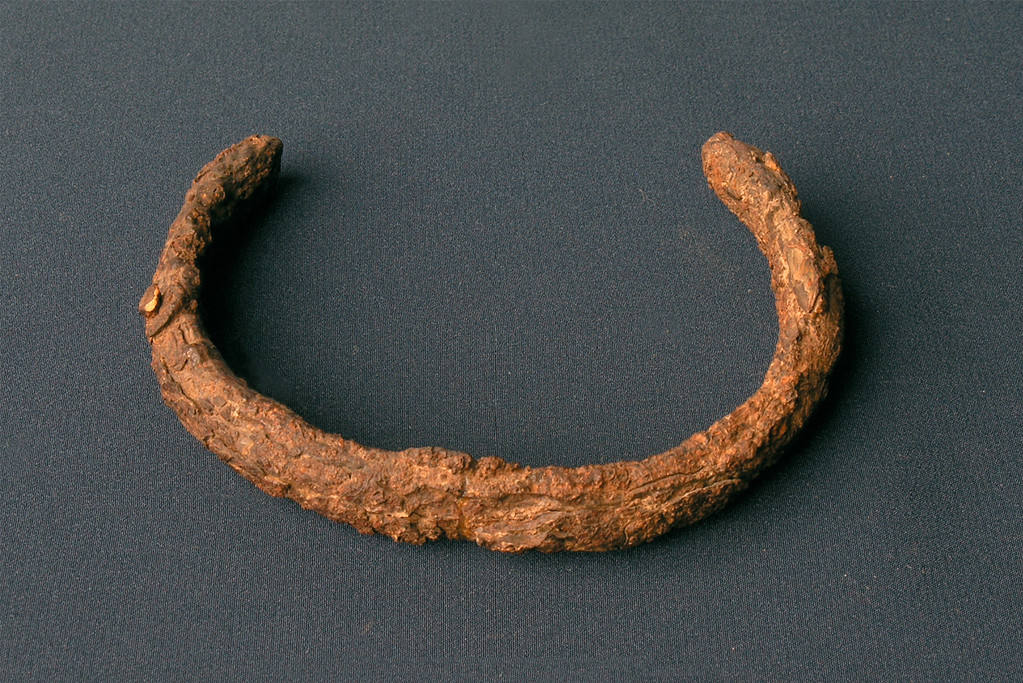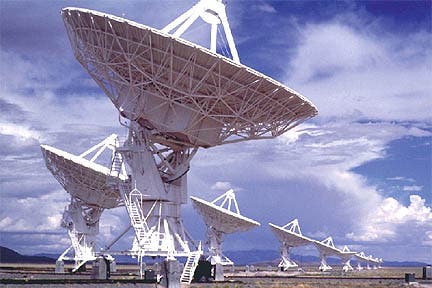
The most prized exhibit at the fabulous Museum of Villena in Spain is a set of 66 mysterious gold ornaments, part of the so-called Villena treasure (El Tosoro De Villena). It is about 3,000 years old and even to this date, its origin is shrouded in mystery.
The museum claims it is Europe’s most important prehistoric treasure, which contains almost 10 kgs (22 lbs) of gold. However, a new study reveals that the Villena hoard also contains meteorite iron, in addition to gold.
Since its discovery in December 1963 by Spanish historian José María Soler, many researchers have been bewildered by traces of mysterious “dark leaden metal” in two of the artifacts; a hollow semisphere and a penannular bracelet.
They initially thought the black metal was ferrous oxide or some other form of terrestrial iron. Now we know the origin is extraterrestrial.
“The new analytical data presented in our study point to the use of meteoritic iron for the manufacture of both objects,” the study authors note.
Terrestrial vs extraterrestrial iron
To decode the composition of the leaden metal, the researchers employed mass spectrometry, a technique that reveals the chemical composition of materials. Their analysis found that the alloy’s iron-to-nickel ratio was different from what would be expected from materials sourced on Earth.

“The spectra of both pieces (the semisphere and the bracelet) clearly indicated the presence of iron and nickel, with clearly visible peaks of Fe(Kα and Kβ) and Ni(Kα and Kβ) suggesting relatively high percentages of the latter chemical element,” the researchers note.
Trace amounts of cobalt and more than five percent nickel were detected in the meteorite iron. High amounts of nickel are characteristic of meteorites. No terrestrial metal is known to have such a high nickel concentration.
In fact, the iron ore found on Earth has almost “undetectable amounts” of nickel and cobalt.
What’s even more interesting is how the ancient jewelry makers learned to craft ornaments using a metal of extraterrestrial origin.
“The presence of such an unusual raw material suggests it was made by highly skilled metalworkers capable of developing new technologies,” Montero Ruiz, one of the study authors, told Smithsonian Magazine.
It’s possible these Bronze Age artisans had enough meteorite iron to study its different properties, perform experiments to learn how they could use and shape it, and eventually incorporate it into their jewelry.
The first meteorite iron object from the Iberian peninsula
It’s not the first time scientists have found artifacts made of meteorites. For instance, in 2017, a team of researchers identified the presence of meteorite iron in a Bronze Age axe, pendant, and King Tutankhamun’s famous dagger.
Also last year in August, scientists confirmed the presence of meteorite material in an ancient arrowhead.
However, this is the first time something of meteorite origin has been identified from the Iberian Peninsula, a geographical region surrounding Spain and Portugal. It also brings us one step closer to understanding the origin story of the Villena treasure.
“The available data suggest that the cap and bracelet from the Treasure of Villena would currently be the first two pieces attributable to meteoritic iron in the Iberian Peninsula. Such a result places the chronology of the Villena Treasure in the Late Bronze Age before the production of terrestrial iron started,” the study authors said.
However, the current study only suggests a high probability of meteorite iron in the two jewelry items. The findings do not definitively prove the extraterrestrial origin of the iron found in the artifacts.
“Other tests would be necessary (to confirm these findings) that would require transferring them to laboratories with equipment for precision non-invasive analysis (Gamma Spectrometry, Proton-induced X-ray emission, computed tomography, muon radiography, etc.),” the study authors note.
The study is published in the journal Trabajos de Prehistoria.




